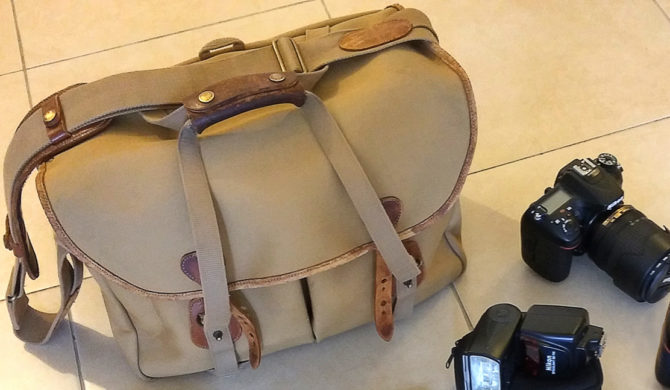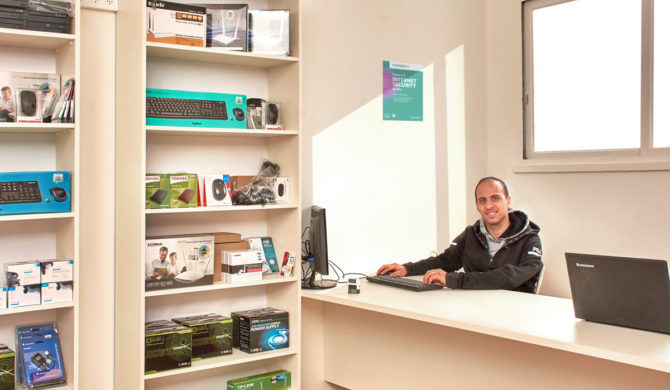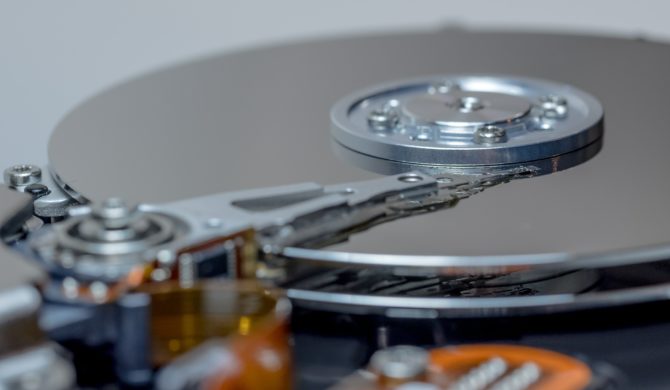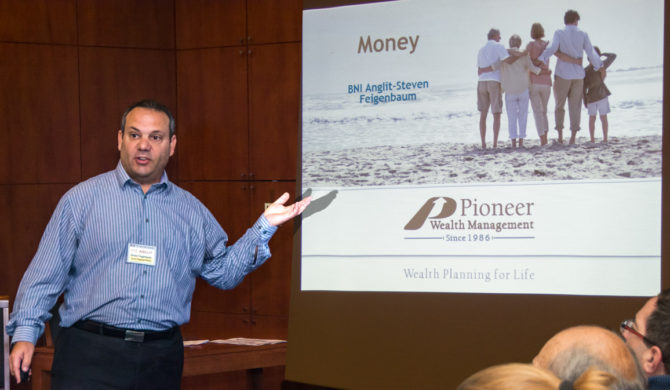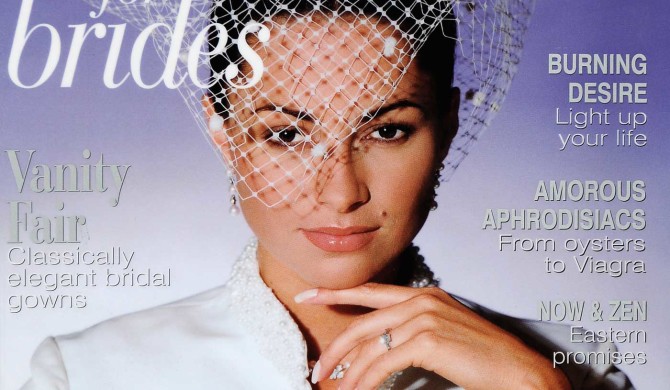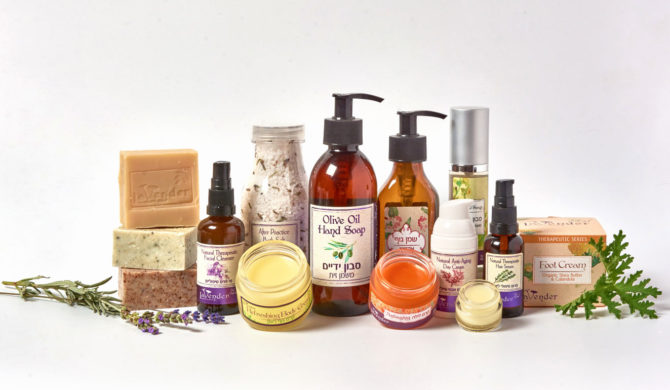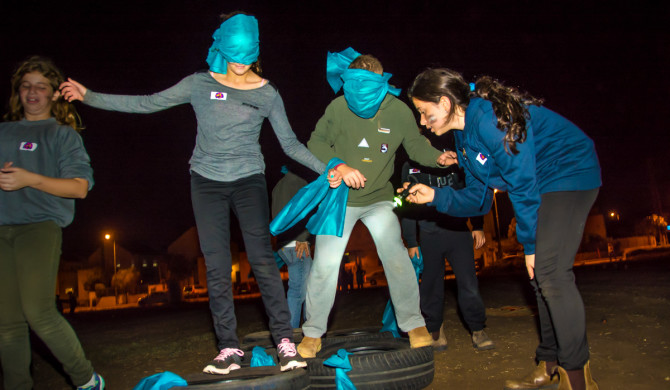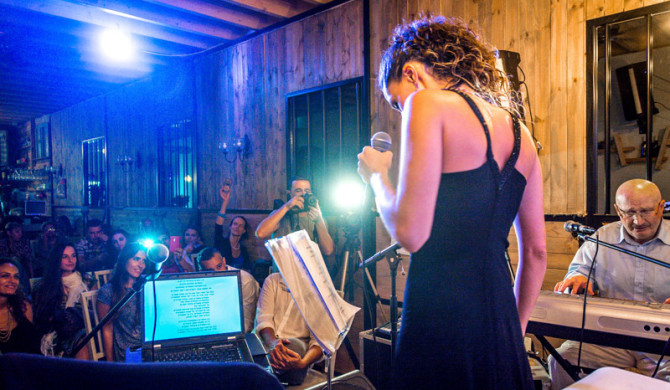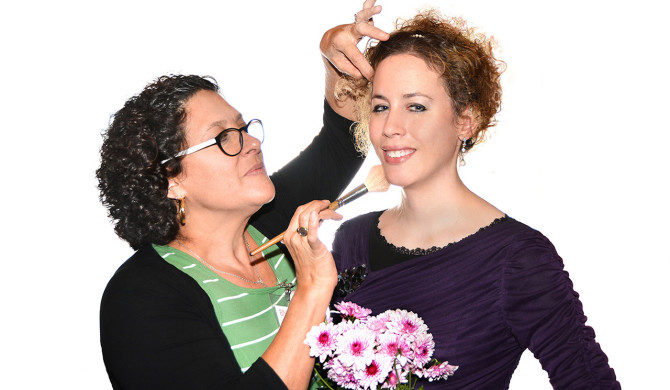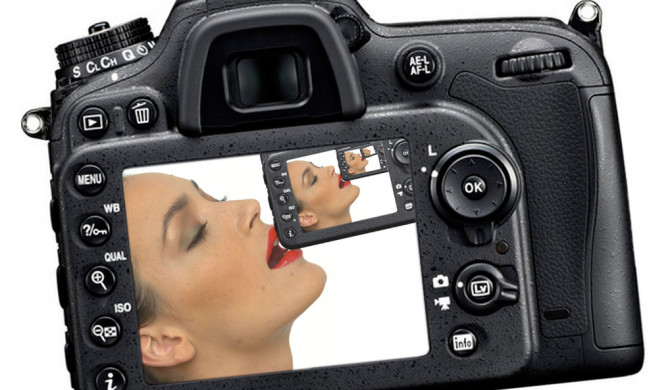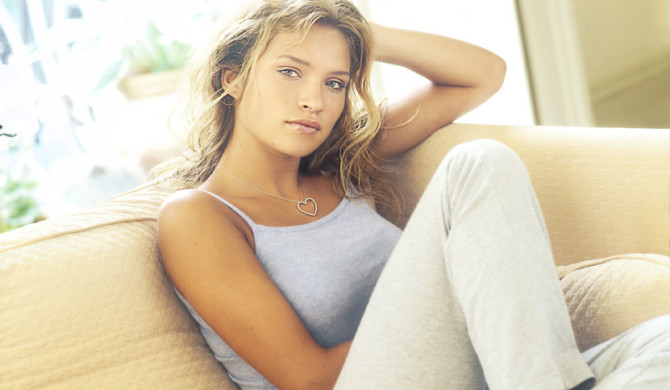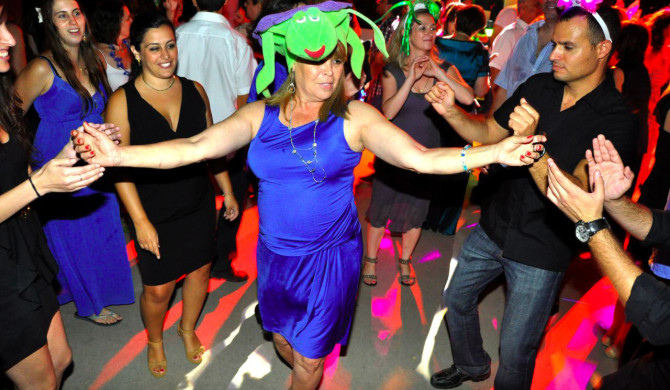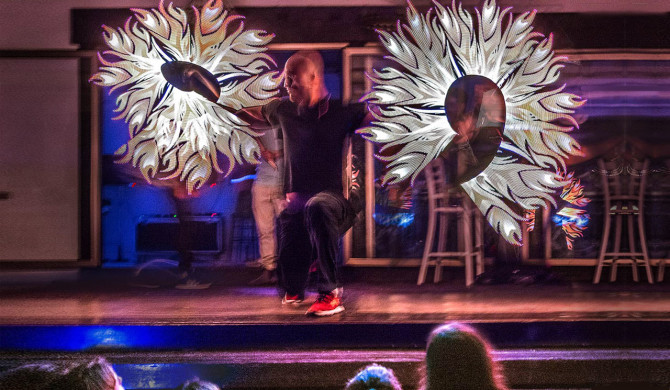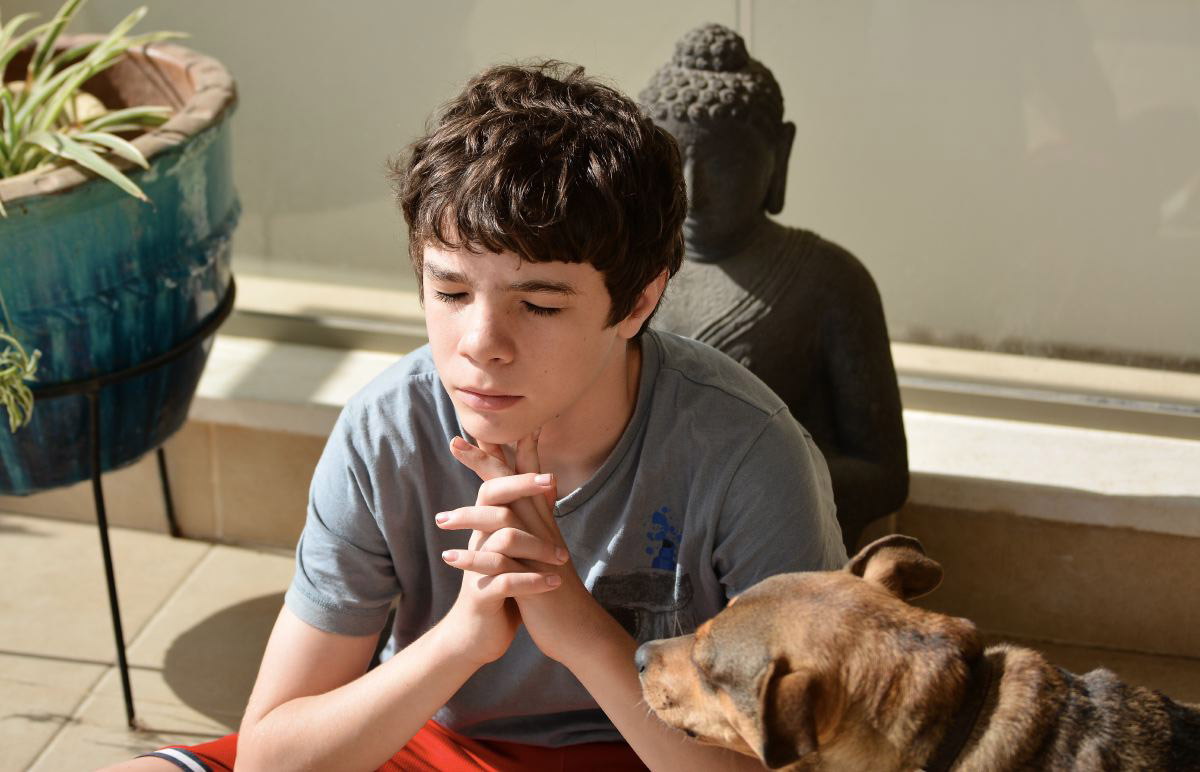One of the joys of being a photographer is solving problems. You can see from the number of portfolios on this website that I shoot models, products, food, architecture, events, etc, and love to overcome the challenges that such variety inevitably entails.
A few years ago a local artist asked me to shoot her bronze sculptures. She was disappointed with results of the first photographer she’d tried and wanted high quality shots that emphasised the smooth flowing surfaces and textures of her work. As I have a BA degree in Fine Art I could readily understand how she felt.
The photographer had lit the sculptures using two lights, one at each side of the camera pointing towards the artwork. This lighting is OK for portraits and product shots in general, but cannot be used on reflective metallic surfaces because it creates obvious highlights that destroy the fluid curving surfaces of the artworks.
Shooting such reflective surfaces requires diffuse indirect lighting and would normally require a well equipped studio which was beyond her budget. Fortunately I had wonderful source of diffuse indirect lighting that would be perfect to produce high quality results to showcase her artworks – natural shade! I shot the sculptures under the porch at the side of her house.
I decided the bronzes would look best if rim-lit against a pure black background. I simply placed each bronze on a table under the porch and shot them from the shadow side as you can see here.
I controlled the available light using white plastic sheets to reflect light where necessary. The effect of the diffused shade and white reflectors was easy to adjust to get the rim-lit effect that I wanted.
The photography required was basic, just a hand-held camera set on manual and carefully exposed for the shaded areas: I used a small aperture to make sure the sculpture was sharply focussed from the front to the back, then adjusted both the shutter speed and ISO to set the exposure. I kept the ISO as low as possible to minimise the grain and maximise the detail. The camera was set to shoot Raw files rather than Jpegs – these record the maximum amount of data and give the highest quality results during post processing.
Most lenses now have optical image stabilisation and some cameras have “in body image stabilisation” (IBIS), nevertheless it’s important to be able to hold the camera steady. It’s also a good idea to take several shots from each viewpoint, refocussing between each one. Later you can select from the best and sharpest shots.
It’s important to have a good practical understanding of how aperture, shutter speed and ISO are interdependent and combine to affect the exposure. Before DSLRs we shot with simple mechanical cameras that had just a few dials to turn and no menus to get in the way: Good photography courses often insist that you use only manual mode until you get the hang of these basic and essential controls.
Post Processing
Post processing is a very important aspect of digital photography. After downloading the Raw files into my computer I developed them in Capture One, my preferred Raw file processing software. Then I used Photoshop to make precise cut-outs of each sculpture and to add the black background. I carefully modified the lighting and contrast in certain areas (using several masked curves layers) to show off the flowing surfaces to best advantage.
This sort of retouching might sound difficult, but it isn’t. It does takes plenty of practice but is easy and fun to do. Anyone who’s serious about producing quality commercial photography needs to competent at using some of the wonderful digital software that makes our job that much easier.
When I showed the artist the first finished results her eyes filled with tears: The beautiful shapes, surfaces and textures that she had worked hard to create were as clear in the photographs as they were in life. It was a privilege to have helped promote her artworks.
I recently took some product shots for Mariana Ardetz of her wonderfully creative designer cakes. They are packaged in beautifully designed presentation boxes and make great gifts for special occasions. Such high quality products need high quality photography to do them justice – so here’ a peak behind the scenes of how it’s done.
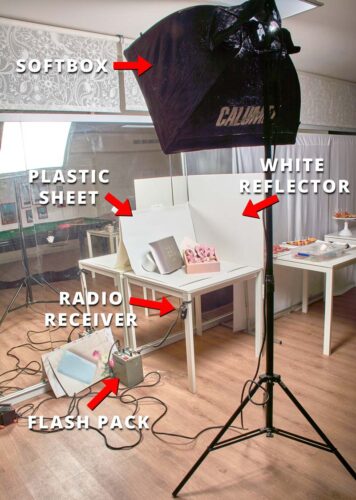
I set up a mini photography studio in Mariana’s own large studio: I taped a sheet of white plastic to make a curved background, and placed a large sheet of white card to one side of it. A flash head in a soft box diffuser pointed towards the products. A small high voltage flash pack on the floor powered the flash head. A small radio transmitter on the hot shoe of my camera triggered a receiver connected to the flash pack – so each time I took a picture a powerful flash of soft light illuminated the products. The white reflector bounced light back onto them to soften the shadows.
This type of mini studio is quick and easy to set up: Most of the time and effort was spent on carefully arranging the products. Mariana and I kept at it until we are both satisfied with how the shots looked.
The camera was set to manual mode 1/200sec and ISO 100. I stopped the lens down to about F14 to make sure that all of the products were sharply in focus. To get the correct exposure I simply adjusted the power of the flash pack. At these settings only flash light illuminates the products – the room lighting (which has a different colour temperature) is not recorded. The pictures were saved in the camera as Raw files because they capture a lot more information and detail than Jpeg files.
But studio work is only half the story and Post production can take a lot more time than the photography. After downloading the pictures into my computer I processed them in special software called Capture One to optimise their look and feel. The natural colour of the background was light grey rather than pure white, so I used Photoshop to replace them with a pure white backgrounds. White backgrounds have a professional look that sets off the products and looks good on websites. This process also removed the shadows, so I hand painted them back into the shots using a digital brush.
At the end of the shoot I took a some quick shots of Mariana’s daughter. We sat her in front of a white wall, and I lit her with the softbox to the left of the camera position and a white reflector just outside the frame on the right (to bounce the flash and even out the lighting). A shadow on the lower right of the wall was eliminated using a small flashgun placed on the floor and set to the optical trigger mode (it’s triggered when the softbox flash fires). I had to set up the lights very quickly and just had time to take a couple of test shots and adjust the lens aperture to give a reasonably correct exposure – a quick look at the histogram is all that’s needed to make sure the highlights are not blown out and the exposure is OK.
Marianas designer cakes now look as good in the photographs as they do in real life. And they taste as good as they look too!
https://www.facebook.com/mariana.ardetz/
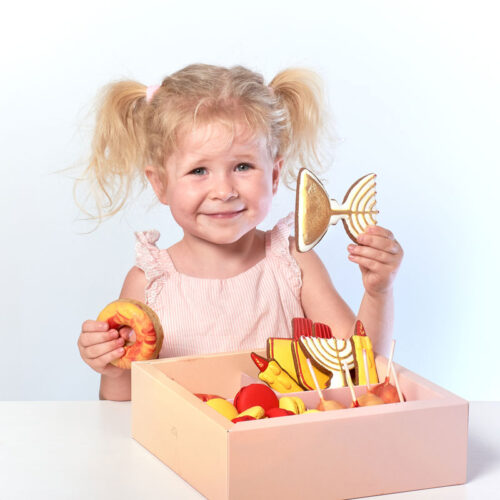
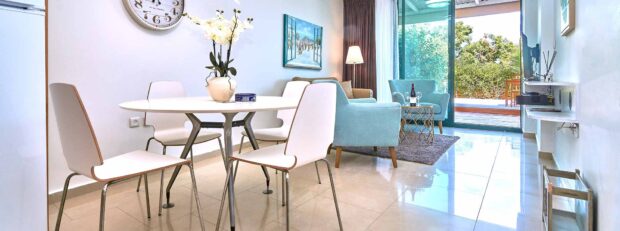
Here’s a basic a guide to real estate photography – how to produce flattering pictures of interiors that have a bright and spacious appearance.
Camera and Settings
For good real estate photography it’s best to use a dSLR (digital SLR) camera with a dedicated hotshoe flashgun. You also need a good quality wide-angle F2.8 zoom lens. I use an APS-C (“half frame”) camera with an 11-16mm or 10-20mm lens.
Set the camera to Manual mode and to record Raw files.
Set the ISO to auto, and the maximum ISO to 1600.
Why use Raw files?
Jpegs compress the image and discard lot of highlight and shadow detail. It’s best to record with Raw files because they retain more detail that’s essential to improve the images in post production.
Before using the camera…
Don’t just take out your camera and start shooting immediately. Look around each room to establish the most attractive angles to shoot from.
You need to make every room look spacious by standing as far back as possible – you’ll often need to shoot with your back up against the wall or jam yourself into a far corner.
Make sure all room lighting is switched on. Side lights and table lamps usually look best if switched on too.
The main living area needs to be shot from a few different positions and requires the most work as all clutter will have to be moved out of each shot.
The kitchen will have to be tidied and shot from different angles.
Tty to shoot the master bedroom from two different positions if possible. Take care that the bedding is smoothed and that any pillows or cushions are attractively arranged.
Close the toilet seat lid in the bathroom.
Using the Camera
I suggest using the camera in Manual mode.
Set the lens to about 2 stops lower than its maximum aperture, to about F5.6 or F8. This gives the sharpest results and greatest depth of field so that all parts of the picture will be in focus. But in darker interiors you may have to open the aperture up to its widest F2.8 aperture.
Most interior shots look best using a flashgun mounted on the camera (but see the Flashgun section). Even when using flash you’ll probably be using quite slow shutter speeds. Modern cameras ofter have “In Body Image Stabilisation” (IBIS) and lenses with Optical Image stabilisation. Even so, be sure to hold the camera as steady as possible. You’ll often need to use slowish shutter speeds of around 1/30sec. So always take at least three identical shots, focussing separately for each one. That way you are more likely to have at least one sharp shot for each view of the room.
Personally I don’t use a tripod because it’s impractical: To make the rooms look as spacious as possible means shooting while I’m backed into a corner, or pressed up agains a wall to get the widest view possible.
Shooting in manual mode requires you to set the exposure yourself. This is really simple, just set the exposure to the middle (or zero point) on the scale displayed in the viewfinder. Do this by altering the shutter speed, the aperture, or both. It will then look something like this…

A useful trick when taking shots that include very bright highlights (such as windows, glass doors, etc) is to underexpose by at least a stop. This helps to record more detail in the brightest areas. Setting under exposure looks something like this…

In post production software a highlight slider can be used to pull back detail in the brightest areas. The rest of the shot, which will look too dark and underexposed, can easily be brightened up using a shadow slider. See the example at the end of this article.
Since the ISO is set to Auto, it will take care of itself. The maximum ISO is set to 1600 because higher ISOs can make pictures look too grainy and unsharp.
Focus and recompose
Set the Autofocus to “Single Point (or single Area) Autofocus” as you have to be able to choose exactly where to focus: If there is an important feature in the foreground you will have to focus on it, otherwise it’s general best to focus on a feature that is one third into the depth of the room. This is an old trick that helps to maximise the depth of field and keep everything in focus.
After placing the focussing point at the correct spot you half-press the shutter button to lock the focus. Keeping light pressure on the shutter button you can recompose to get the best composition, then fully press it to take the picture.
Repeat this “focus and recompose” technique to take two more identical shots: You will then have three copies of each view of the room, and can be sure that you’ll have at least one well-composed, sharp and accurately focussed image.
Don’t take every shot with the camera at eye level while standing. Sometimes a view will look better if you crouch down and shoot from a lower position. Shots taken from a higher position, such as standing on a chair, are not generally used as the exaggerated perspective they produce looks too distorted for real estate. If you’re not sure which position looks best, take three shots from a standing position and three shots from a lower position. You can choose which is best later during post production.
Flashgun
When used properly flash improves the look of almost every interior shot. The flashgun mounted on the cameras hot shoe can be left on its default settings settings, sometimes called “Balanced fill flash”, “BL TTL”, etc. Never point the flash head directly forwards – the light must be diffused by bouncing it off the ceiling. If the width of the beam can be adjusted, leave it on the widest setting – this helps to spread the light more evenly.
If you are taking a shot while standing in the darkest part of the room…
i.e. furthest from the windows or glass doors, point the flash head upwards and tilt it only slightly forwards, perhaps 10 – 15º. This will bounce the light off the ceiling slightly ahead of you and will illuminate both where you are and bleed out into the rest of the room.
This evens out the room lighting and makes the interior more look spacious and bright. It’s also a good idea to deliberately underexpose the shot (see the Manual Mode section and the Post Production Example section) to increase the amount of detail recorded very bright areas, such as windows or glass doors.
If you are taking a shot while standing in the brightest part of the room…
i.e. with the darkest part ahead of you, point the flash head further forwards, but never more than 45º, to bounce the light from the ceiling ahead of you into the darker areas.
Always check the effect of the flash on the preview LCD on the back of the camera (or in the viewfinder of a mirrorless dSLR) and adjust the angle of the flash accordingly.
In confined spaces, such as small bedrooms or bathrooms…
it might be best to point the flash vertically upwards. But there are no rules – if the effect does not look flattering try something else.
Lens
Most interior shots are taken with the widest end of the wide-angle zoom lens. The longer end is used to closer up take shots of details, such as areas of the kitchen.
It’s possible to shoot with wide angle lenses at fairly slow shutter speeds and still get sharp pictures, so you don’t need to use a tripod. But take care to hold the camera very steady and try to use shutter speeds of a 30th of a second or faster. Check the sharpness on the preview screen on the back of the camera by zooming in to 100%.
You can also use the old trick of focussing on any feature that is about one third into the depth of the room. This maximises the depth of field and helps to keep everything in focus.
Don’t forget
Arrange the chairs around a table to be perfectly in line and parallel. Remove distracting details from every shot. Switch on every room light in the room to add some brightness and sparkle. Always make sure the bathroom toilet seat is lowered if it appears in the shot!
Post Production Work
Good real estate photography is very dependent on post production work which can greatly enhance the Raw images from your camera to give them a professional appearance.
Adobe Lightroom is widely used, but is only available by monthly subscription. Affinity Photo is also popular and only costs about $60. I prefer to use Capture One which is expensive to buy, but also available through a monthly subscription plan.
There’s also free software that you can check out. I suggest you try out trials of several Raw file editors before choosing one that suits you. Make sure that it can convert Raw files for the make and model of your camera and has at least all of the features listed below.
To use a raw file editor you first need to import the pictures to the Raw file software. The simplest way is to insert the cameras memory card into your computer (or use a USB card reader). Then you can make a selection of the best images to enhance.
Here are the basic steps to improve the Raw image:
- Correct the verticals – real estate pictures have a much more professional appearance if vertical lines are exactly upright.
- Correct lens distortion – the lens can make straight lines look curved. This is easily corrected using a slider.
- Crop the picture if necessary to remove distracting details or to enhance the composition.
- Restore lost details back into the highlights – often the view out of windows and glass balcony doors looks “blown out” and lacks detail. Use the highlight slider to restore detail to these areas.
- Use the Shadow slider to brighten the darker areas – this brings back detail to the shadows, and evens out the lighting. Interiors that look evenly lit and bright will appear to be more spacious and attractive.
- Fine tune the image by using the contrast, brightness, clarity and saturation sliders are used to fine tune the image.
- Remove distracting details – small distractions can sometimes be removed using the spot removal, healing brush or cloning tools, if the Raw editor has these features.
- Export the finished images. – for use on websites and social media the finished pictures can be saved into a new folder as Jpegs, 80% quality, ICC Profile sRGB, and 2500 pixels on the longest edge. For images to be used in magazines or posters consult the client or the printer.
Example of simple post production
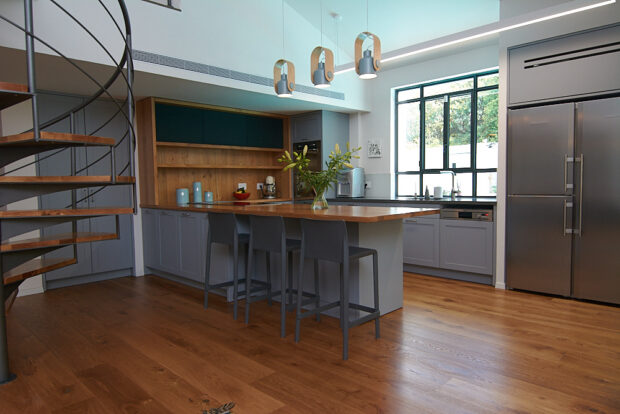
Here’s a Raw file straight out of the camera. I had underexposed it to retain more highlight detail.
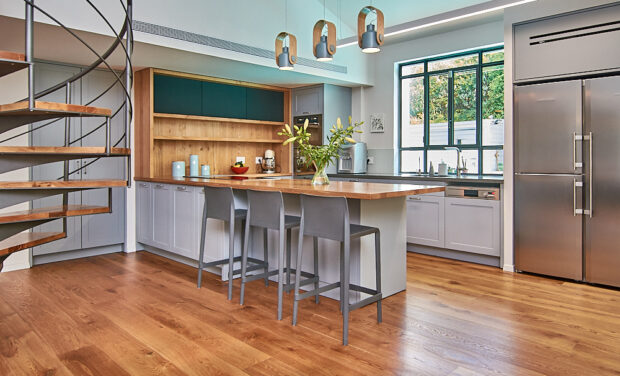
Just a few minutes of moving sliders in a Raw file editor transforms the image into a bright and spacious real estate shot.
P.S.:
With experience you will find you own ways of using the camera and Raw software, so this article is only intended as a brief guide to get you going.
These is a lot more you can do in post production. But for most real estate photography these basic steps will produce good professional results.
When I first became interested in photography I used to regularly buy a major weekly photography magazine. One of my favourite articles was “What’s in the bag” – I was fascinated to find out what professional photographers carried around with them. Now, many years later, I thought it would be fun to see what I actually carry around in my own bag.
Read More»Having some basic Photoshop skills comes in very handy when I have to create good pictures in unfavourable circumstances. Sometimes being a photographer requires more than just photography.
For instance, I recently took some interior shots of a PC lab that a client had just moved into. It was freshly decorated and had a
Read More»Backing up digital files is especially important if you are a photo enthusiast. A sensible and regular backup routine is essential if you don’t want to suffer the gut-wrenching feeling when your computer starts behaving erratically and you find that the internal storage drive has broken down and all of your files have been lost.
Read More»Recently I needed to take a picture of a colleague during a keynote speech. A good picture is one that tells a story, and in the case of his Powerpoint presentation this required three elements – a good expression and gesture, an appropriate slide on the screen, and some indication of an attentive audience.
Read More»Occasionally I’m asked if becoming a professional photographer would be a good career choice. I have to answer that it all depends: Photography is a very rewarding hobby, but as a profession it can be very challenging in many ways.
With the benefit of hindsight, here’s a few tips that you may find useful to develop your own career.
Read More»(Updated Feb 2020)
If you are a keen photographer it’s very important that you choose the right software to catalogue and edit your digital photographs.
There’s lots of basic software that you can play about with to improve your pictures, with filters that will give you special effects and make ordinary shots look better than they are. As your photography and creativity develop you’ll outgrow these gimmicks
Read More»Have you ever tried to take decent photographs of children playing in an unlit farmers field on a moonless night?
I had volunteered to photograph an evening school event: The venue turned out to be a large farm field peppered with groups of children enjoying various sports activities. Flashlights were being used because the only illumination was given by street lamps along a road at the bottom of the field.
Read More»Shooting an event in low light without flash is quite a challenge, especially if you don’t have an expensive full-frame camera and a few wide apertures lenses.
If you have a more modest kit, such as a half-frame (APS-C or DX) camera and a cheaper zoom lens, you can still get good results by applying a little knowhow and using some sensible techniques.
Read More»Here’s how to take quick professional portraits in 5 minutes with a minimum of fuss. You will need a digital SLR, two flashguns, a compact light stand and a square of white material.
I developed this method to take on-the-spot portraits for delegates after conferences when time and space was in short supply. Here’s how …
Read More»Modern digital cameras have become so complicated that it’s difficult to know what features are really important. The glut of menus, settings and technical terms can be so intimidating that it’s easy to think the more you understand the camera, the better you pictures will be. Big mistake.
The digital revolution started about 15 years ago, until then film cameras had simple controls, were easy to understand, and
Read More»Have you ever wondered how to take portraits with artistic out-of-focus backgrounds?
Professional photographers use expensive cameras and lenses to easily create blurred backgrounds: If you are an enthusiast with a less expensive dSLR (with a half frame sensor) and an average quality long zoom lens, you can still take professional-looking portraits with blurred backgrounds.
You will need to know the Zoom-the-Background trick. Here’s how it works…
Read More»I love shooting corporate events, weddings, Bar Mitzvahs, etc, because no two are the same. They throw up challenges and problems that keep me on my photographic toes – they’re great fun and satisfying to shoot. Here’s a few tips you might find useful, especially for using flash in low light situations …
Read More»Have you tried shooting in Raw? Digital cameras record pictures as Jpegs by default, but most also offer the option to record your pictures as Raw files. Many enthusiasts and most professional photographers now shoot in Raw because it extends the capabilities of the camera and is the best choice for editing and improving pictures afterwards.
Read More»






























